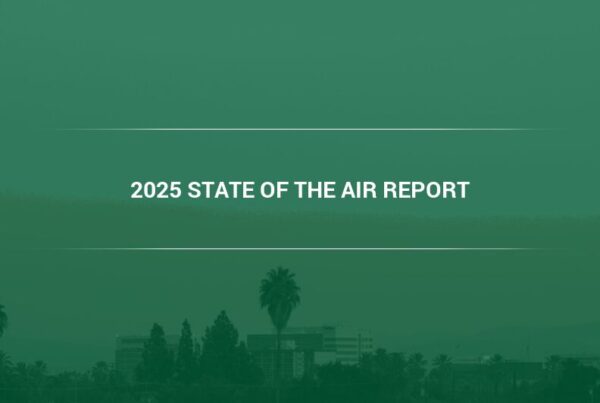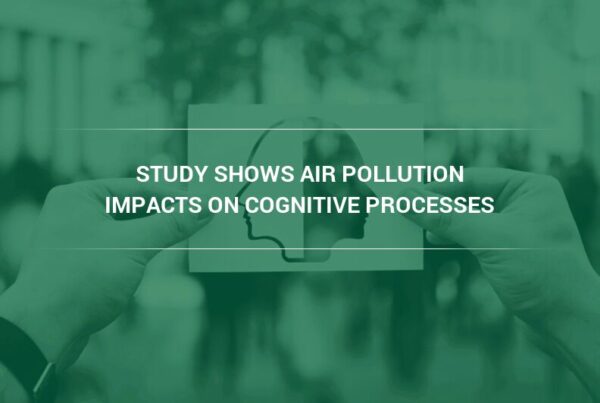Cap and Trade are one of the best strategies for reducing emissions of greenhouse gases. Cap and Trade work through introducing a price on carbon emissions, creating an incentive for companies to operate more efficiently and reduce their carbon footprint. How is Cap and Trade structured to effectively impact pollution reduction?
Definition of Cap and Trade
The definition of Cap and Trade is somewhat flexible, as different states and institutions will have their own definitions of Cap and Trade in their laws and regulations. In general, Cap and Trade refer to a form of “carbon pricing,” a technique for lowering emissions of greenhouse gases based on the open market. A price is put on carbon emissions with the intention of incorporating the cost of pollution into the cost of business.
“Cap and Trade programs utilize the market itself as a means of reducing emissions,” says Kevin Wood, Camfil USA Vice President Sales & Marketing. “By mandating payments for emissions over the accepted emissions cap, Cap and Trade help spur innovation of low-carbon technologies and prompt a shift to an economy based on greener forms of energy.”
Carbon Pricing With Cap And Trade
Cap and Trade is a form of carbon pricing. Carbon pricing can be done with two different methods, a straight carbon tax or through a Cap and Trade program. Carbon taxes create fees per ton of carbon emissions for the whole economy or for whole sectors of the economy. By contrast, carbon pricing with Cap and Trade programs functions by setting a “cap” on particular sectors of the economy, or the whole economy, and then issuing a certain number of permits to match that cap.
If there was a cap on carbon emissions of 12,000 tons of carbon per year than there would be 12,000 one-ton carbon allowances, which companies would have either bid for at an auction or obtain through allocation. While companies may bid for more allowances at auction, they are often allocated a set number of them for free. Every company that produces emissions that are subject to Cap and Trade programs must hold allowances which equal the number of emissions they release.
The trade portion of Cap and Trade refers to a system that allows entities to sell excess allowances they have to other companies. This system is intended to give companies more flexibility in how they meet the requirements of the carbon cap.
“A company that needs more allowances can purchase them from other companies, but typically at a higher cost than at the initial auction,” explains Wood. “Companies which managed to reduce pollution quicker can sell their outstanding allowances to these heavier polluting companies, which encourages companies to reduce overall pollution by rewarding innovative solutions that reduce a company’s carbon footprint. Due to the fact that there is a set number of allowances available, the total amount of pollution will fall as the cap is reduced.”
Cost Effectiveness of Cap And Trade
Agencies that have analyzed the cost-effectiveness of Cap and Trade have concluded that Cap and Trade programs are very cost-effective overall. This is due to the fact that Cap and Trade programs let the market determine the cheapest possible way of reducing emissions.
“Putting a price on carbon effectively creates a market for environmental services and goods, as in the absence of carbon costs, both producers and consumers don’t have to factor the environmental costs of their activities into their immediate expenses,” says Wood. “Putting prices on carbon emissions leads to more efficient and cost-effective use of resources, and lowered emissions overall. With a Cap and Trade system, the government can create an environmental market represented by the Cap and let the open market set the price for meeting that cap.” (3)
The Effects of Cap And Trade
The effects of Cap and Trade programs have been studied and at least in the case of California, they have proven effective in reducing air pollution.
“Since the Cap and Trade program was initially introduced in California back in 2013, the program has enabled California to get on track to hit their 2020 goal of reducing emissions back to their 1990 levels,” says Wood. “It is projected that by 2020 the Cap-and-Trade program in California will contribute to the reduction of emissions by almost 15% of initial pollution levels. There has been a falling demand for carbon allowances since the program was first created.” (4)
Cap-and-Trade programs can also raise revenue for a state through the money generated from auctioning off allowances. This revenue can then be used for a variety of purposes, such as offsetting the impacts of higher energy prices for low-income families or investing in the creation of renewable energy technologies. California’s revenue from Cap and Trade programs has shrunk since the introduction of the program, but it is important to note that less demand for allowances translates to less emissions.
Cap and Trade programs are intended to reduce emissions without hindering economic growth. To this extent, California’s Cap and Trade program has worked. The state may not have raised as much revenue through the program as it expected to, but raising revenue should not be how Cap and Trade programs are evaluated.
How to Ensure Cap and Trade Works to Reduce Emissions
It’s important to ensure Cap and Trade work to reduce emissions by backing them with legislation and frameworks that allow them to function and do not hinder their ability to encourage reductions in emissions. This includes not allowing Cap and Trade programs to expire.
Advocates of California’s Cap and Trade program recently pushed for a series of Bills that would extend Cap and Trade in the state, arguing that not extending the program would cripple California’s ability to reduce emissions while maintaining economic growth. (5)
Cap and Trade programs cannot solve every problem relating to emissions of greenhouse gases, and other forms of regulation are often needed. Despite this, they are still an important tool for combating climate change and reducing emissions of greenhouse gases.
Camfil can tell you more about how Cap and Trade programs work, and about the health risks of exposure to the greenhouse gases, they are intended to reduce. Visit Camfil now to get valuable information and quality filters for your home’s HVAC system.
SOURCES
http://www.ucsusa.org/global-warming/reduce-emissions/cap-trade-carbon-tax#.WeZGw2hSyUk
https://www.edf.org/climate/how-cap-and-trade-works
https://www.c2es.org/publications/meaningful-and-cost-effective-climate-policy-case-cap-and-trade
http://beta.latimes.com/business/hiltzik/la-fi-hiltzik-captrade-20160728-snap-story.html



